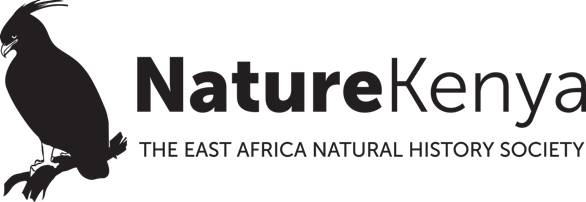By Aloise Garvey
Do you know that a tiny metal or plastic ring placed on a bird’s leg can unlock incredible secrets about its life? This process, known as bird ringing or bird banding, is a fascinating way researchers learn about birds and how to protect them.
Here’s how it works: a small tag (usually a strip of metal) with a unique code is gently attached to a bird’s tarsus (the part of the leg just above the foot). This tag, now a band or ring on the bird’s leg, helps researchers identify the bird if it’s seen or caught again.
Birds are carefully captured using special mist nets – thin mesh nets with small pockets designed to hold the birds until trained handlers remove them for processing safely. Once ringed, the bird’s species, age, sex, and wing length are recorded. This information helps scientists answer important questions: where do birds go during migration? How long do they live? When do they breed? What’s their health like?
One of the most remarkable bird-ringing sites in the world is right here in Kenya, at Ngulia Safari Lodge in Tsavo West National Park. The Ngulia bird ringing story began in 1969 when on a misty night the lodge’s bright floodlights attracted thousands of birds. Many flew into the lights, while others settled in nearby bushes. Curious about this phenomenon, ornithologists discovered that these were Palearctic birds – migratory birds travelling thousands of kilometres from Europe and Asia to sub-Saharan Africa for the winter. These birds rely on the moon, stars, landmarks, and instincts to guide their epic journeys. But on misty nights, when they reach the hills near the lodge, they become disoriented, and fly towards the lodge’s lights.
Since then, bird enthusiasts and researchers worldwide have gathered at Ngulia annually to ring these extraordinary travellers and witness the awe-inspiring migration. The 2024 Ngulia Annual Bird Ringing event, held from November 24 to December 6, was nothing short of spectacular. A total of 13,328 birds were ringed, including 966 resident birds. An impressive 118 species were recorded, including migratory Eurasian Scops Owl and Corn Crakes and a rare Lesser Cuckoo, and the local, colourful Narina Trogon, charming Eastern Nicators, vibrant African Golden Orioles, and many more.
These birds, with their incredible journeys and dazzling diversity, reveal the wonders of migration and remind us how truly interconnected our world is. Bird ringing isn’t just exciting – it’s crucial. By understanding birds’ migration routes, breeding habits, and survival challenges, researchers can develop strategies to protect them. Events like Ngulia’s Annual Bird Ringing are vital in global bird conservation efforts.
So, the next time you spot a bird in your garden or on a nature walk, remember – it might just be part of an incredible story that spans continents and connects us all.
